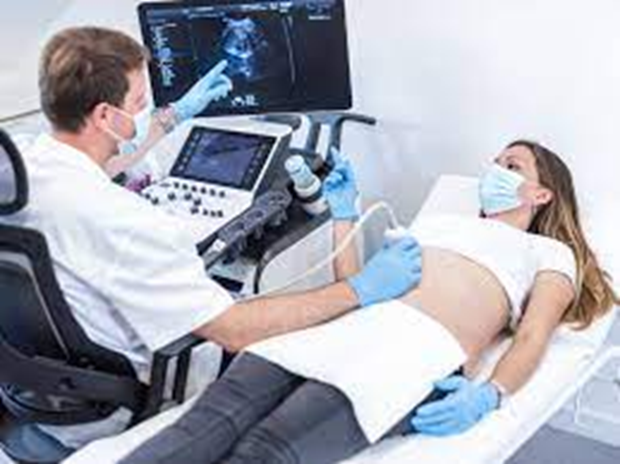A nurse is planning to perform intermittent urinary catheterization for a client who is unable to urinate. Which of the following actions should the nurse take first?
Perform a bladder scan.
Cleanse the meatus.
Provide perineal care.
Lubricate the catheter.
The Correct Answer is A
The correct answer is choice A. Perform a bladder scan.
Choice A rationale:
Performing a bladder scan is the first action the nurse should take before proceeding with intermittent urinary catheterization. A bladder scan assesses the bladder's volume and determines if catheterization is necessary. It helps avoid unnecessary catheterizations, reduces the risk of infection, and promotes patient comfort.

Choice B rationale:
While cleansing the meatus and providing perineal care are important steps in preparing for urinary catheterization, they come after assessing the need for catheterization. Without knowing the bladder volume, these actions could be premature.
Choice C rationale:
Providing perineal care is important for maintaining hygiene and preventing infection, but it should be done after the decision for catheterization has been made based on the bladder scan results.
Choice D rationale:
Lubricating the catheter is a step that should be taken after the decision for catheterization is made and the need for catheterization is confirmed. It helps ease the insertion process and reduce discomfort for the patient.
Nursing Test Bank
Naxlex Comprehensive Predictor Exams
Related Questions
Correct Answer is D
Explanation
The correct answer is choice D: "Provide mouth care to them at least every 2 hours."
Choice A rationale:
Encouraging meals at least three times daily is not appropriate for a client who is near death. As clients approach the end of life, their appetite often decreases, and they may be unable to tolerate regular meals. It's more important to focus on providing comfort and relief.
Choice B rationale:
Keeping the room warm to help them breathe easier is not necessarily true. While a comfortable room temperature can be important for the client's overall comfort, warmth alone does not significantly impact breathing in the context of impending death. Breathing difficulties at this stage are usually related to physiological changes rather than room temperature.
Choice C rationale:
Helping the client onto their left side if they are experiencing nausea is not a universally applicable instruction. While left-side positioning can help alleviate nausea for some clients, it might not be suitable for everyone. Nausea can be caused by various factors, and the caregiver should assess the client's comfort and preferences before changing their position.
Choice D rationale:
Providing mouth care to the client at least every 2 hours is the most appropriate instruction among the choices. Near the end of life, many clients become less able to maintain their oral hygiene due to various factors, including weakness and reduced consciousness. This can lead to discomfort and potential complications. Regular mouth care helps keep the client's mouth moist and clean, enhancing their overall comfort.
Correct Answer is B
Explanation

The correct answer is choice b. Three-point.
Choice A rationale:
The four-point gait is used when a client can bear weight on both legs. It involves moving one crutch forward, followed by the opposite leg, then the other crutch, and finally the other leg. This gait provides maximum stability but is not suitable for non-weight-bearing conditions.
Choice B rationale:
The three-point gait is appropriate for clients who cannot bear weight on one leg. In this gait, both crutches and the affected leg move forward together, followed by the unaffected leg. This allows the client to keep weight off the injured leg while moving.
Choice C rationale:
The two-point gait is used when a client can bear partial weight on both legs. It involves moving one crutch and the opposite leg forward simultaneously, followed by the other crutch and leg. This gait is faster than the four-point gait but still provides some stability.
Choice D rationale:
The swing-through gait is used by clients who have good upper body strength and balance. It involves moving both crutches forward together and then swinging both legs forward past the crutches. This gait is not typically recommended for clients who need to keep weight off one leg.
Whether you are a student looking to ace your exams or a practicing nurse seeking to enhance your expertise , our nursing education contents will empower you with the confidence and competence to make a difference in the lives of patients and become a respected leader in the healthcare field.
Visit Naxlex, invest in your future and unlock endless possibilities with our unparalleled nursing education contents today
Report Wrong Answer on the Current Question
Do you disagree with the answer? If yes, what is your expected answer? Explain.
Kindly be descriptive with the issue you are facing.
